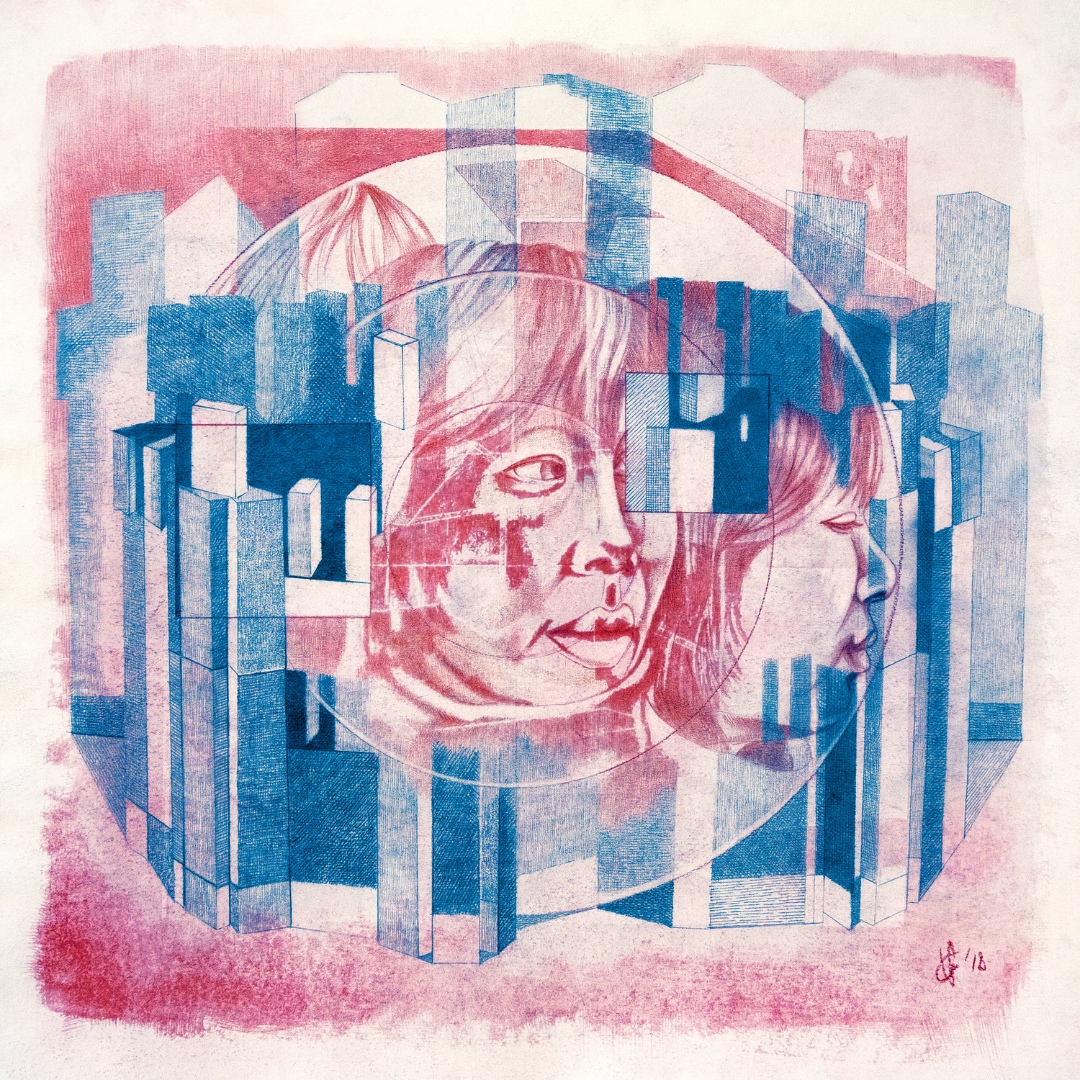February 26, 2025 – April 30, 2025
The MAIN, 24266 Main St, Santa Clarita, CA 91321
The City of Santa Clarita announces a new exhibition, “The Usual Human Dimension” which will be on view February 26, 2025 – April 30, 2025, located at The MAIN. This exhibit explores the relationship between human beings and their built environments, examining how architecture, aesthetics, and spiritual elements shape behavior and perception. Inspired by Renaissance Ideal Cities and historical testimonies, the exhibit investigates how the human body interacts with urban spaces and how these dynamics evolve over time.
The reception is on March 20, 2025, and will provide an opportunity to meet artist Veronica Giorgetti, and gain insight into her creative process. The reception is free and open to the public.
Q&A with Veronica Giorgetti
What does this exhibit mean to you?
“A great opportunity to finally show my works and see this vast production of pieces displayed together in a way that I myself can grasp the feeling of what I have done over the past 10 years.”
How do you hope viewers connect with your work?
“This body of works turned out to be very rich in details and I wouldn’t be surprised if the viewer would feel overwhelmed at first, but after passing this stage of confusion, I would hope that the viewer would start observing with curiosity what happens inside those works, that might look similar at first glance, but in fact are very different from one another.”
Is there a particular piece in this exhibit that challenged you most?
“All of them challenged me in their own way. Making art for me is a long and thoughtful process that involves not only the practical experimentation of materials but also the very intimate elaboration of ideas, emotions and the study of sources from which I get my inspiration. Sometimes I’m fortunate enough to experience a smooth and organic process that gives satisfying results, other times it is a struggle. Generally speaking, I could say that when the work speaks for itself, my job is done!”
Your work examines how urban spaces affect human perception and behavior – is there a specific experience or place that sparked this idea for you?
“There are three themes that inspired this production:
• The first was the study of the city plans of the medieval towns in Italy, which I was exploring during my academic thesis in 2002.
• The second is inspired by the Renaissance and the concept of “Ideal Cities” where the city had to be redesigned according to an ideal humanistic model, made for man, on a human scale.
• The third is inspired by the study of the ancient civilizations and how they made use of graphic symbols like squares and circles, among others.”
If you can describe this collection in 3 words, what would they be?
“Evocative – Archeological – Experiential”
How do you know when your artwork is finished?
“I never know really! Every work requires its own time. If the process evolves organically then the completion comes easily, other times it’s more challenging.”
Do you have a favorite piece in this exhibit? If so, why is it your favorite piece?
“It is one piece of the Red Series. It has these portraits resting on a faded red ground and bleeding through you can read a series of words. I find it very atmospheric.”
Do you have any tips for artists starting out?
“This is a very delicate question that I’m not sure I will be able to answer completely. I feel though, that I have the responsibility to be honest with regards to this topic that relates to me so intimately. To put it simple, I can say that if any person wants to become an artist and make a living out of it, they need to find the right balance between the creative ASPECT of being an artist and the business ASPECT of becoming one. It is paramount to work on both fronts to be able to get any chance of success and fulfillment. How this balance will be found varies person by person. It is a process that needs to be perfected along the way.”
What is your favorite part of the creative process?
“The moment in which I can let go after so much planning!”
How does this body of work compare to your past projects?
“Very deeply. I have been exploring these themes for years now and every series of works has some elements that are connected to the previous and to the next.”
Do you see your future work continuing to explore these themes, or are you looking to experiment with new concepts?
“These themes give me so much material to elaborate that every time I go deeper into the study of them, I always find new ways of interpretation. I feel I can still continue along this path. But I’m also a very curious person, so I like the idea to keep myself open to possibilities.”
If you could have viewers leave with one lasting impression from “The Usual human Dimension”, what would it be?
“Wonder, surprise and curiosity to ponder about our purpose in life and how we can all contribute to make our societies a better and more just place where to live a thrive.”






